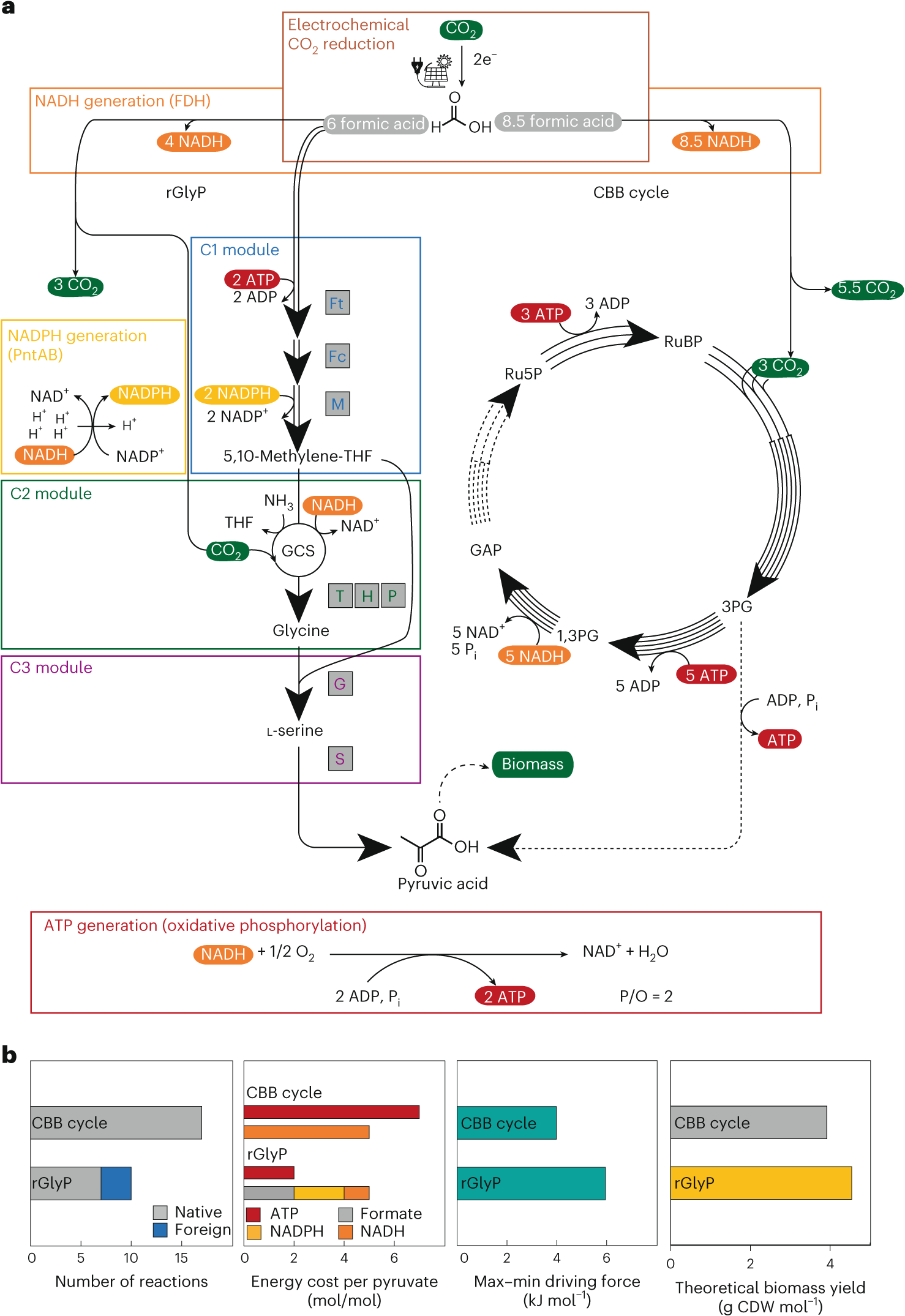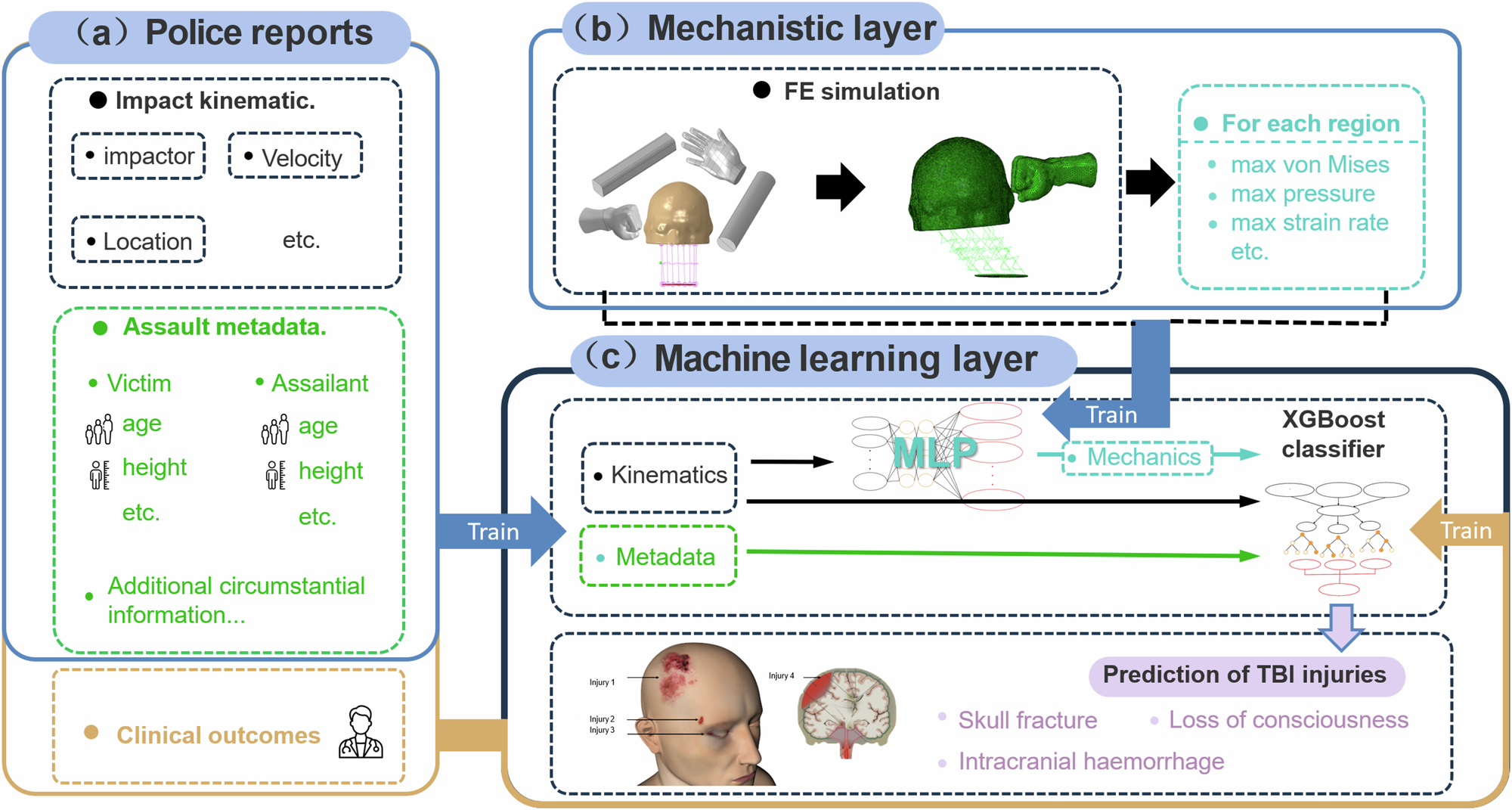2025-02-27 マックス・プランク研究所
<関連情報>
- https://www.mpg.de/24265103/0226-terr-synthetic-carbon-assimilation-surpasses-nature-153410-x
- https://www.nature.com/articles/s41564-025-01941-9
合成還元的グリシン経路による1炭素固定がカルビンサイクルの収量を超える One-carbon fixation via the synthetic reductive glycine pathway exceeds yield of the Calvin cycle
Beau Dronsella,Enrico Orsi,Helena Schulz-Mirbach,Sara Benito-Vaquerizo,Suzan Yilmaz,Timo Glatter,Arren Bar-Even,Tobias J. Erb & Nico J. Claassens
Nature Microbiology Published:27 February 2025
DOI:https://doi.org/10.1038/s41564-025-01941-9

Abstract
One-carbon feedstocks such as formate could be promising renewable substrates for sustainable microbial production of food, fuels and chemicals. Here we replace the native energy-inefficient Calvin–Benson–Bassham cycle in Cupriavidus necator with the more energy-efficient reductive glycine pathway for growth on formate and CO2. In chemostats, our engineered strain reached a 17% higher biomass yield than the wild type and a yield higher than any natural formatotroph using the Calvin cycle. This shows the potential of synthetic metabolism to realize sustainable, bio-based production.


